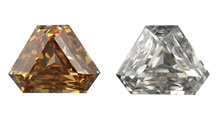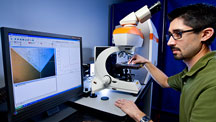GIA Research
GIA has been on the cutting edge of gemological research since 1931, and now there is more to learn than ever. With the appearance of new gem sources and gemstone types and new treatment processes and synthetic gemstones, the public relies on GIA to know the identity and quality of the stones they love. Continued breakthroughs in research ensures the public’s trust in the gem industry and offers gem aficionados everywhere deeper insight into these marvels of nature. This page is your gateway to the discoveries and news in the research community and archived historical content.
Hear first hand what it is like to build your research career at GIA:
Postdoctoral Program Gives Scientists Access to Rare Research Opportunities
Research Content
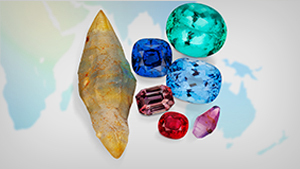
Publications
From the history of the Chivor emerald mine to the ancient craft of jade carving to insight into the causes of corundum color, these articles combine science with art and history to provide insight into the fascinating and complex world of gemstones. Offering up the best and most current research by GIA lab scientists, all were published in GIA’s peer-reviewed academic journal,Gems & Gemology, or other professional journals. View theResearch Publication Archive.
Explore GIA Publications

Read about the some of the world’s most valued gems and the identification of unusual gem treatments and rare gem materials.
Read More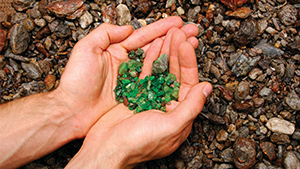
Field Gemology
GIA field gemologists are globetrotters, traveling to all corners of the world to study new gem sources, such as Colombian emerald or Mozambican ruby. In the past decade, they’ve been on 95 expeditions to 21 countries, collecting more than 1 million carats of samples. Collecting gems from known geographic localities is of tremendous importance to the GIA research program. By collecting samples in the field, we have a much better understanding of where they come from, and the geologic conditions of formation of the gem deposit itself. We can obtain samples of both the gem materials and the host rocks in which they occur, as well as photographs and video footage of the area. Once back at GIA, these gem samples can be studied using a wide variety of scientific techniques, and the resulting data can be added to our information database which supports the gem identification report services of the GIA Laboratory.
Explore Field Gemology Articles

Curious about artisanal mining, the conditions of gem formation or how gemologists determine gemstone country of origin?
Read More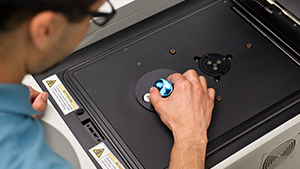
Scientific Equipment & Techniques
As new gems and gem localities are discovered and gem origin services become increasingly in demand — and as laboratory-grown stones and treated stones grow in popularity — gemologists rely more and more on the advanced instruments to identify and evaluate stones. From loupes and microscopes to laser ablation inductively coupled plasma mass spectrometry, each instrument provides a piece of the puzzle on gemstone type, potential treatments and origin.
Learn about GIA's tools of the trade

GIA researchers, developers and innovators work each day to discover solutions for identifying complex gem materials and treatments.
Read More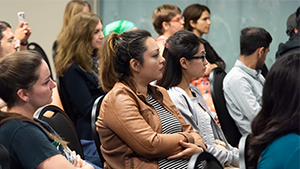
Presentations
Fueled by our mission to share our discoveries, knowledge and expertise with the world, GIA researchers regularly present research on diverse and pressing gem topics to both public and professional audiences through webinars, seminars, at conferences and more.
Explore GIA Presentations

Curious about the formation of fancy colored diamonds, diamond age and geology, gemstone treatments and laboratory-grown gems?
Read More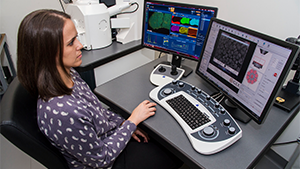
Collaborations & Support to Academia
To support our commitment to gem knowledge, GIA researchers share their findings in professional publications and often collaborate with researchers at universities or other institutions to coauthor articles. These diverse articles represent pressing topics that our scientists are currently investigating, including knowledge that addresses current gemological challenges.
Explore Articles From GIA Researchers

Learn more about how our researchers collaborate and share their findings with scientists at other institutes.
Read MoreResearch Fellowship Program
Richard T. Liddicoat Postdoctoral Research Fellows
Recent Research
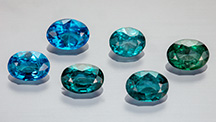
Color Modification of Spinel by Nickel Diffusion: A New Treatment
Read Article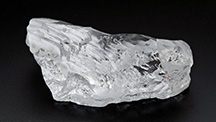
Methods and Challenges of Establishing the Geographic Origin of Diamonds
Read Article
Vietnam: Shell Nuclei, Pearl Hatcheries, and Pearl Farming
Read Article










